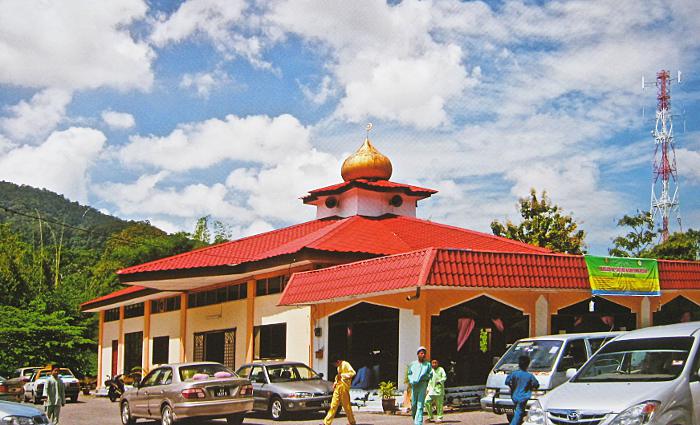
The name Kilim has many interpretations. A local folklore related by a group of fishermen mentioned that the name Kilim originated from a Thai word that means droppings of a wild animal. According to the local lore, Kilim used to be a thick mangrove forest inhabited by many wild animals, hence the abundance of animal droppings from which the name derives.
Historically, the Kilim basin was occupied by many immigrants from Southern Thailand who came from the nearby Phuket and Pattani areas. Some of the families in Kilim still have strong ties with their distant Thai relatives. Others claimed that Kilim is the name of a local tree, which is, however, yet to be discovered.
In terms of population, the Malay forms the biggest race in Kilim at 91%. The rest are smaller numbers of Chinese and Indian. There is also a significant growing numbers of non-Malaysian residing here.
The main religion practised here is Islam. Other religions such as Buddhism and Hinduism are also being practised in harmony. It is common belief that nature has been created as a source of sustenance and spiritual inspiration. Humans are just beneficiaries and custodians.
However, as development overtakes the slow pace of nature, humans begin to exploit and dominate the latter. In this sense, the Langkawi Geopark as a whole, and Kilim Geoforest Park in particular, has a crucial role to play as a reference/focal point to promote intrinsic values of nature conservation and awareness through nature appreciation, education vis-a-vis ecotourism as vital components of sustainable development.
